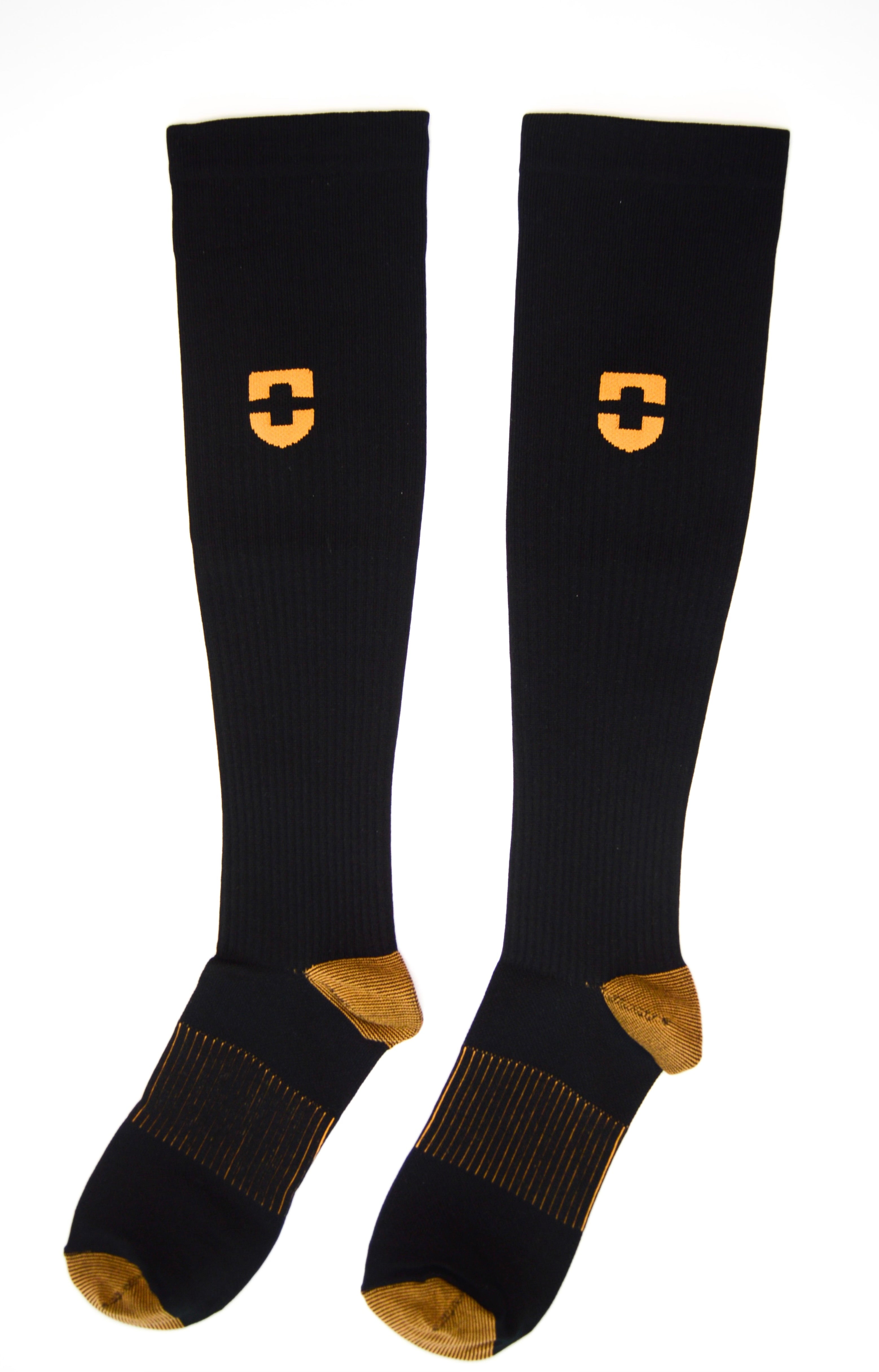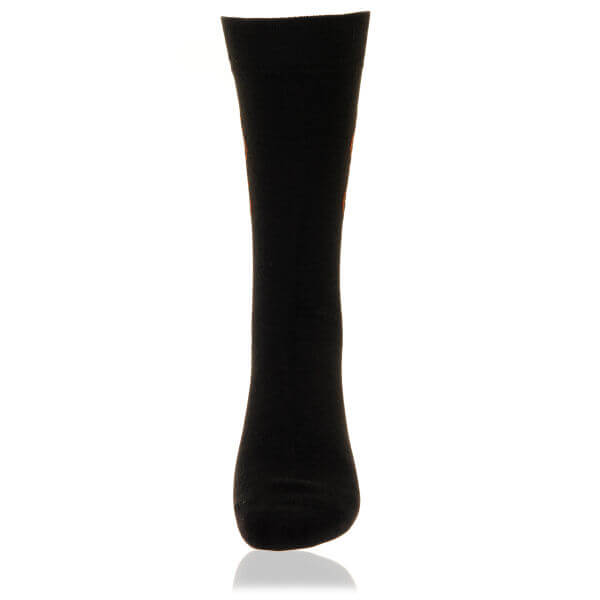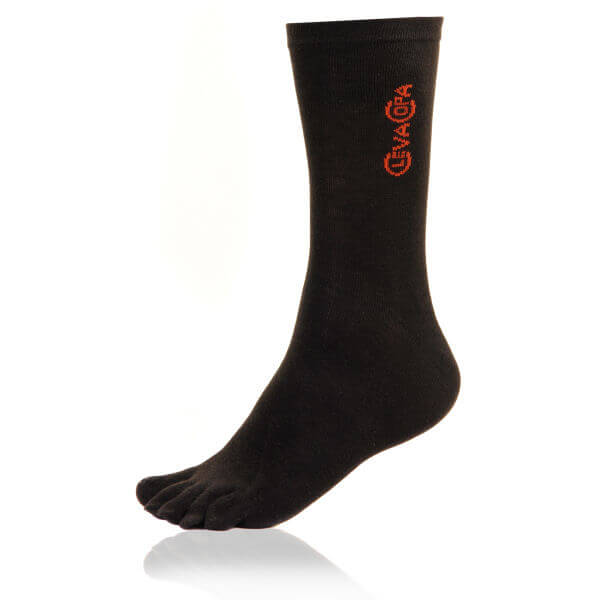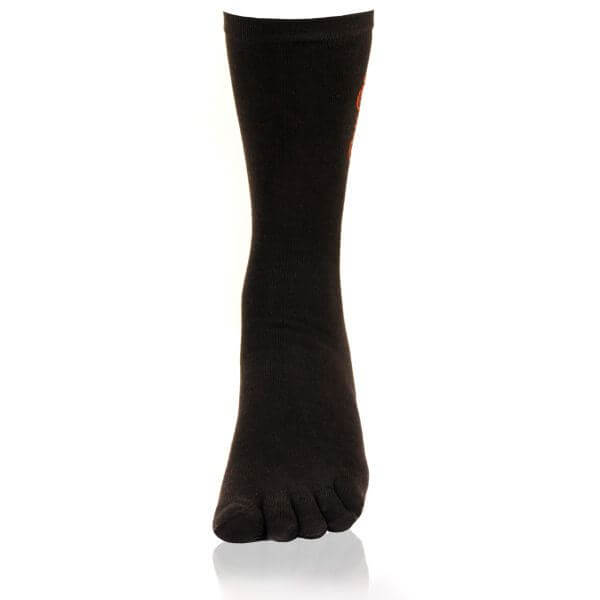The Relationship between Copper and Diabetes
Published
January 12 2021
Diabetes is on the rise across the globe. In 2015, there were already 3.5 million diabetic adults in the UK, and it’s estimated that over 5 million people will be suffering from the disease by the year 2020.
The number of diabetes related prescriptions jumped from 26 million in 2011 to 35 million in 2015.

While there is no cure for diabetes yet, the condition can be managed with proper monitoring, medication, diet, and exercise. Research shows that essential minerals such as copper may also be helpful at treating the symptoms and associated conditions.
Let’s learn a little more about the disease and how copper could help you manage it.
What is Diabetes?
Diabetes occurs when your body cannot effectively process glucose from the food you eat. In a healthy person, the pancreas produces a hormone called insulin, which turns glucose into energy to be used by the cells. In diabetics, the body stops producing insulin, doesn’t make enough of it, or doesn’t use it properly. Glucose remains in your blood instead of reaching the cells, leading to high levels of blood glucose or “blood sugar”.
What are the health problems caused due to diabetes?
This can cause a wide range of health issues over time, such as:
-
Heart Disease
-
Stroke
-
Kidney Disease
-
Eye Problems
-
Dental Issues
-
Nerve Damage
-
Foot Problems
-
Types of Diabetes
What are the different types of diabetes?
There are basically three types of diabetes:
Type 1 Diabetes

This is considered an autoimmune disorder, where the beta cells (insulin-producing cells) in the pancreas are attacked and destroyed by the immune system. Your body cannot produce insulin as a result, and the effects are permanent. You need to take insulin daily to avoid serious complications and remain alive. This type of diabetes may be caused by genetic or environmental conditions, but the risk factors are not perfectly understood yet. It can appear at any age but is generally diagnosed in children and young adults.
Type 2 Diabetes

This is the most common type of diabetes and starts as a condition where your body cannot process or use insulin effectively. As a result of insulin resistance, your pancreas is stimulated to produce more insulin until it can no longer do so. Production of the hormone then decreases and blood sugar levels go up. The risk factors for this condition include environmental and health issues, such as excessive weight, lack of exercise, high blood pressure, certain genetic conditions, and family history of diabetes. It’s mostly seen in middle-aged people or seniors but can occur at any age. Today, Type 2 diabetes is becoming increasingly common among younger adults and even children, primarily because of sedentary lifestyles, obesity, and poor diets.
Gestational Diabetes

When you’re pregnant, your body produces hormones that may block insulin production in some cases. Generally, this type of diabetes only lasts during your pregnancy but may increase your risk of developing Type 2 diabetes during your lifetime. Type 2 diabetes is sometimes inaccurately diagnosed as gestational diabetes. Other types include inherited conditions such as monogenic diabetes as well as cystic fibrosis-related diabetes, but these are not so common.
Did You Know?
Every day, 65 people die from diabetes-related complications in the UK. The Type 1 strand only occurs in 10% of diabetics, while 85-90% have Type 2 diabetes.
What are the Symptoms of Diabetes?
For Type 1 diabetes, symptoms include weight loss, vitiligo, and diabetic ketoacidosis, where the body has little to no insulin and very high blood sugar levels. With Type 2 diabetes, you may experience painful or numb feet, or find dark patches in the folds of neck/armpit skin. 
Other symptoms of diabetes commonly include:
- Excessive thirst/hunger
- Frequent urination
- Fatigue/drowsiness
- Skin irritation, dryness or itchiness
- Blurred vision
- Slow-healing wounds
You should also be aware of prediabetes, where blood glucose levels are not yet high enough to indicate diabetes, but higher than they should be. In most cases, people with prediabetes are unaware of the condition, but 15-30% of them develop Type 2 diabetes in under 5 years.
Learn more: What are Diabetic Socks, How They Work, Who Needs them and Why?
What are the Additional Health Issues Related to Diabetes?
Diabetes can cause numerous health issues, right from brain or heart disease to nephropathy (kidney disease), neuropathy (nervous system disorders), retinopathy and other eye problems, etc. One of the most common and early complaints among diabetic patients, however, is the rise in skin problems.
What are the skin complications caused due to diabetes?
Here are some of the top skin complications faced by diabetics:

-
Itchy Skin (Pruritus) –
If your skin feels itchy all the time, it could be dry or you may have an infection. People with diabetes are particularly prone to yeast infections, because of a decrease in immunity and rise in blood sugar levels. Poor blood circulation, scratches, and friction from ill-fitting clothing/footwear can also cause itching, especially in your feet and lower legs. It’s essential to keep your skin hydrated and treat any skin problems causing itchiness early before they get any worse and raise the risk of serious infections.

-
Bacterial Infections –
People with long-term blood sugar imbalances and poorly controlled diabetes are far more likely to face a bacterial skin infection such as staph. Staphylococcus bacteria typically affect irritated hair follicles, causing boils, inflammation and swelling around the affected area. Bacterial infections may also occur in the glands of your eyelids (causing styes), under your nails, and other vulnerable areas of your body. The symptoms and progress of a skin infection may also be more serious among diabetics and often require medical attention.

-
Fungal Infections –
Fungal infections tend to affect warm and moist parts of your body, such as folds of skin. These provide the ideal breeding environment for fungal pathogens, causing problems like:
- Athlete's foot, an infection that affects the skin between your toes.
- Jock itch, which causes red and itchy patches near your genitals or inner thighs.
- Ringworm, which causes itching or blistering with scaly, ring-shaped patches on your scalp, chest, stomach, groin, feet or nails.
- Vaginal infections caused by Candida albicans, a yeast-like fungus.
- Angular cheilitis, which affects the corners of the mouth and feels like small cuts.
- Onychomycosis, which is a fungal infection that affects your nails and causes discoloration, thickening, and separation from the nail bed.

-
Foot-Related Problems –
For most diabetics, their feet become a particularly sore point because of slow healing and low immunity. Elevated glucose levels in the blood affect circulation, leading to frequent swelling(edema), pain, loss of heat, foot ulcers, bacterial/fungal infections, and slow healing. It can also cause nerve damage, which causes you to lose feeling in your toes or other parts of your feet. Foot ulcers and open wounds can get infected if they are neglected, and may even lead to amputation in severe cases.
Why Do Diabetics Need Proper Foot Care?
 Proper foot care and hygiene is crucial for diabetics, especially since they may not feel pain or any other sensation indicating common problems like:
Proper foot care and hygiene is crucial for diabetics, especially since they may not feel pain or any other sensation indicating common problems like:
-
Foot Ulcers
Diabetic foot ulcers are a common problem, and one that requires careful attention and medical care. If small cuts, scratches or scrapes caused by injury or ill-fitting footwear are neglected, they may ulcerate and expose you to severe danger of losing the limb or even your life.Don’t think a tiny cut can be all that serious? Here are some statistics to consider:
-
Close to 25% of all diabetic patients develop foot ulcers at some point
-
Healing is slow, and over 50% of these open wounds become infected
-
Of all these infections, 20% lead to amputation of the affected limb
Medical professionals claim that a limb may be lost to diabetes every 20 seconds, but all of these amputations could be avoided with proper preventive care and timely treatment.
-
-
Oedema
Venous insufficiency is a condition where the valves in leg veins become damaged or weakened, allowing blood to flow both ways instead of back toward the heart. This leads to blood pooling and collecting in the limb, which causes swelling (known as peripheral oedema) in the legs, ankles, and feet. Deep Vein Thrombosis (DVT) – Poor circulation in the limbs combined with venous insufficiency makes diabetics more prone to DVT as well. High blood sugar can also cause dehydration, which causes your blood to get thicker and raises the risk of clotting. If a blood clot forms in your leg, it can travel up to your lungs and block an artery, causing heart attack-like symptoms such as rapid pulse, shortness of breath and chest pain. This is known as a pulmonary embolism, and can kill you within seconds. You may also develop Post Thrombotic Syndrome (PTS) a long-term condition that causes painful skin changes, ulcers, etc. Make sure you inspect your feet for wounds, scratches, and sores on a daily basis, and visit a podiatrist regularly. You should also keep your feet clean and dry, and wear special diabetic footwear if your podiatrist recommends it. Compression socks are a great way to improve circulation in your feet and legs, especially if they are made of copper-infused fabric.
How Could Copper Help You Manage Diabetes?

According to various health studies conducted over the last three decades, copper can help with the prevention and treatment of a wide range of diseases. It used to be considered the cause of various health problems, till research in the 90s showed that copper is an essential mineral that our bodies need for over 50 enzymatic processes. The reason behind this confusion is that inflammation and disease, including diabetes, may falsely increase levels of copper in the body. Older studies also used free copper ions, plasma copper and ceruloplasmin instead of copper bound to peptides such as GHK or proteins like albumin. In reality, there is hardly any free copper in the human body, with approximately one copper ion per cell. Close to 95% of copper is bound to ceruloplasmin and not easily available, but protein or peptide bound copper is easily metabolized by our bodies.
Most copper-rich foods, supplements, cosmetics and other products are rich in the latter, which is often called “bio-copper” because of its natural health benefits. GHK-bound copper (GHK-Cu) is a tripeptide found in human plasma, saliva, and urine. While free copper ions oxidize low-density lipoproteins, GHK-Cu blocks their oxidation. Along with anti-oxidant and anti-inflammatory properties, this tripeptide improves wound healing, immune function, development of red blood cells and skin cells, etc. Since diabetics often suffer from skin problems, inflammation, and slow healing, copper can help them manage the symptoms of the disease. And, along with other essential minerals such as zinc, magnesium, chromium, manganese, and vanadium, copper may also help with regulation of blood sugar.
The Copper-Zinc Balance in Our Body

Zinc is one of the most important minerals for people with blood sugar imbalances since it helps beta cells in the pancreas produce insulin. It also helps insulin bind to cell membranes, where it transports glucose from the blood for conversion into energy. The mineral is essential for the metabolism of glucose and part of antioxidant enzymes as well.
Not only are copper and zinc essential for our health, but the two minerals balance each other. People with diabetes often have a zinc deficiency, as well as decreased levels of copper. Healthy diets and mineral supplements can help maintain a balanced intake of both, reducing the risk of diabetes and managing the symptoms of the disease. With low levels of zinc/copper in the blood, there may be an increase in blood sugar as well as insulin resistance, leading to diabetes and atherosclerosis or other cardiovascular problems. These minerals also fight free radical damage, which can raise the risk of diabetic neuropathy, retinopathy, and nephropathy.
How Does Copper Help with Diabetic Health Complications?
In addition to helping you manage your blood sugar, copper has many health benefits, especially for your skin. Copper-infused compression socks and accessories can help improve blood flow as well as foot health, making it easier to prevent diabetes-related problems or manage existing ones.
Here’s how:
![]() Copper is anti-microbial, and effectively kills bacteria, viruses or fungi that cause skin infections or bad odours, within hours of contact.
Copper is anti-microbial, and effectively kills bacteria, viruses or fungi that cause skin infections or bad odours, within hours of contact.
![]() The mineral also makes skin plumper, stronger and more flexible, by boosting the production of collagen and elastin in skin cells.
The mineral also makes skin plumper, stronger and more flexible, by boosting the production of collagen and elastin in skin cells.
![]() Copper-impregnated fabric aids with the development of new skin cells, promoting faster wound healing and protection from pathogens.
Copper-impregnated fabric aids with the development of new skin cells, promoting faster wound healing and protection from pathogens.
![]() Fabric infused with copper ions helps with insulation and thermal regulation, keeping your legs and feet warm and reducing the risk of damage.
Fabric infused with copper ions helps with insulation and thermal regulation, keeping your legs and feet warm and reducing the risk of damage.
![]() Copper socks with graduated compression help blood flow back toward the heart, reducing peripheral oedema and the risk of blood clots/DVT.
Copper socks with graduated compression help blood flow back toward the heart, reducing peripheral oedema and the risk of blood clots/DVT.
How Can You Harness the Power of Copper?
-
Diet:

Include a lot of copper-rich foods in your diet, such as organ meats, seafood, green leafy vegetables, nuts and seeds, legumes, whole grains, mushrooms, soy products and certain fruits. You could also take a mineral supplement with balanced copper and zinc, drink water that’s stored in copper containers, or use copper cookware for preparing meals.
-
Copper Clothing:

Other than copper compression socks and sleeves, diabetics can benefit from wearing other copper-infused apparel too. Modern technology allows copper ions to be harnessed in a wide range of materials. These are used to create everything from hospital clothing and bed linen to tops, pyjamas, underwear and more. Check out the Copper Clothing range here.































